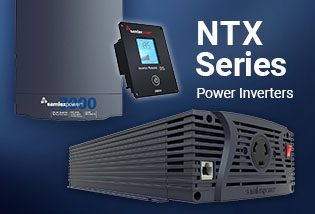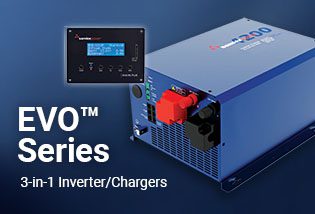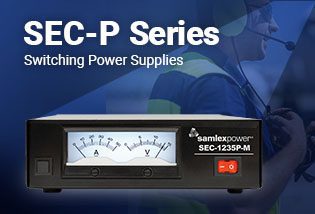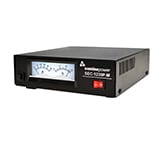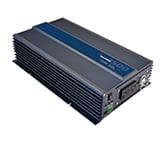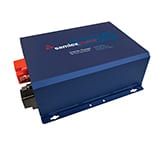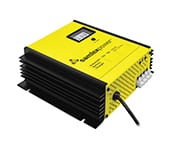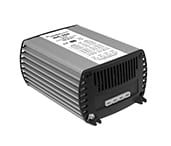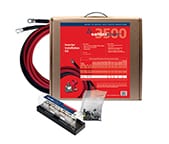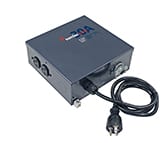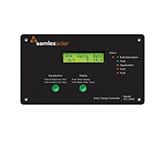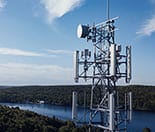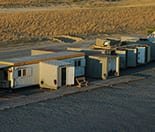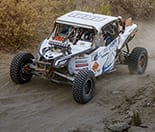Inverters - Powering Direct / Embedded Switched Mode Power Supply (SMPS)
What is the nature of current drawn by Switch Mode Power Supplies (SMPS)?
Power supplies are used to convert AC voltages like 120 VAC to various DC voltages like 3.3 V, 5 V, 12 V, 24 V, 48 V etc. Majority of modern day electronic devices use embedded general purpose Switch Mode type of Power Supplies (SMPS) to drive the electronic circuitry.
General purpose Switch Mode Power Supplies (SMPS) (excepting those that have power factor correction) have one major disadvantage – the current drawn by them from the AC power source has a non linear waveform – the waveform is not sinusoidal as the input voltage waveform but is in the form of short, larger value pulses around the area of + Vpeak and -Vpeak. This is due to the charging of the input filter capacitor(s) mostly around the positive and negative peak portions of the sinusoidal input voltage.
What is crest factor?
The degree of non-linearity is measured by the “Crest Factor“: Crest Factor = Peak Current / RMS Current
In a linear load, the Crest Factor is 1.414. However, in a general purpose SMPS, due to its non linear nature, this factor will be much higher – in the region of up to 4. This will mean that for a particular rated RMS current (applicable for a linear load), the general purpose SMPS will draw much larger peak currents – approx. up to 4 times more than its rated RMS current.
Why does a DC/AC inverter prematurely shut down while supplying power to a general purpose Switch Mode Power Supply (SMPS)?
Inverters are protected against over current ( also called overloading ) by either clipping the peaks of the output voltage ( this will result in a sine wave becoming a square wave, reduction in the RMS value of the output voltage and generation of harmonics and electrical noise ) or by shutting down the output voltage of the inverter completely.
Thus, if an inverter / generator is used to power a general purpose SMPS, it will be forced to deliver higher peak currents resulting in premature triggering of the inverter’s / generator’s over current protection circuits.
How should my DC/AC Inverter be sized to operate a general purpose Switch Mode Power Supply (SMPS)?
For safe operation, the continuous RMS current rating of the inverter / generator should be at least 2.8 times the continuous RMS current rating of the general purpose SMPS it is required to power:
Peak current of inverter = Peak current of SMPS
or
RMS current of inverter X 1.414 = RMS current of SMPS X 4
or
RMS current of inverter = 4/1.414 X RMS current of SMPS
or
RMS current of inverter = 2.8 X RMS current of SMPS)
Alternatively, the continuous power rating of the inverter / generator in Watts / VA should be at least 2.8 times the continuous power rating of the SMPS in Watts / VA


